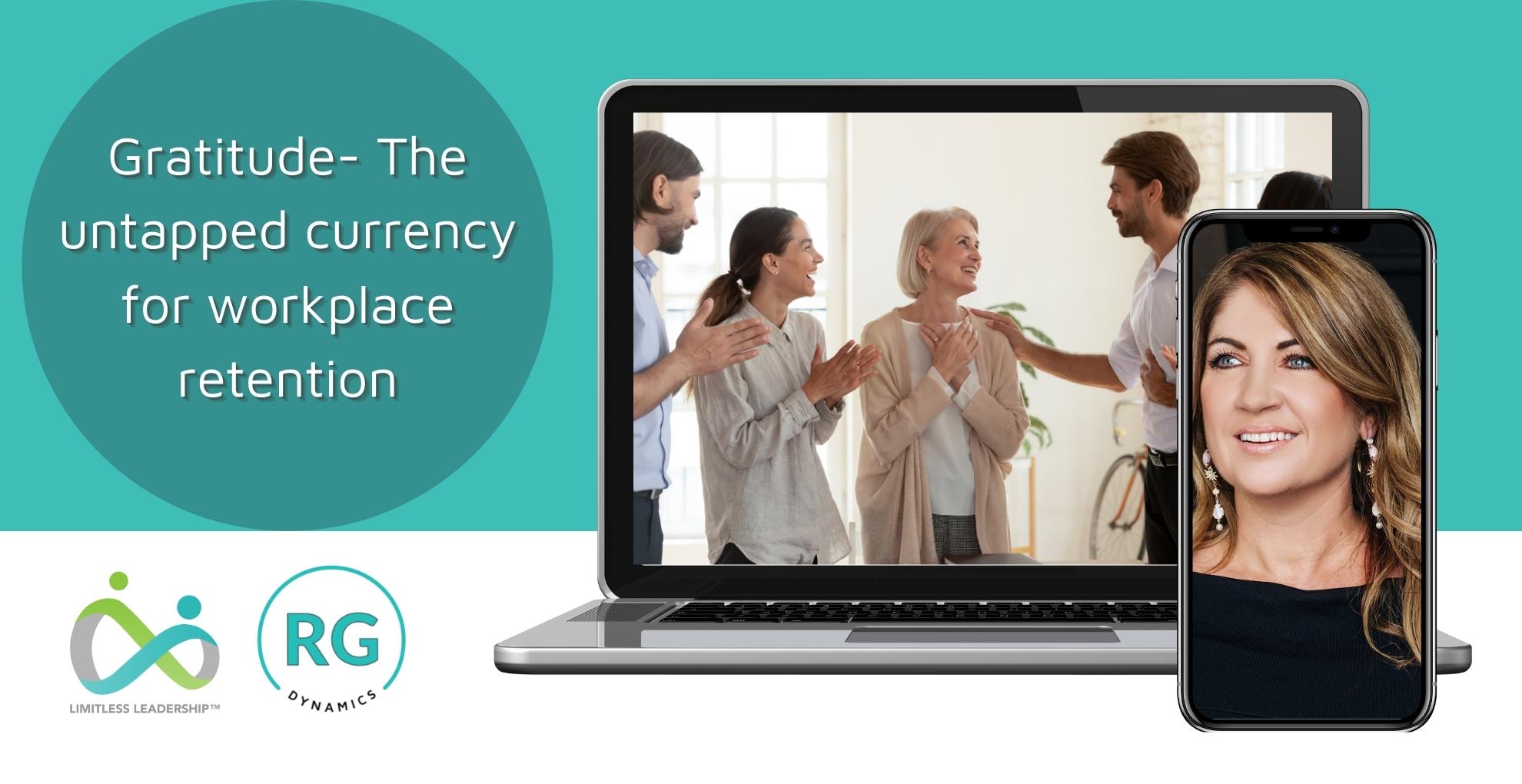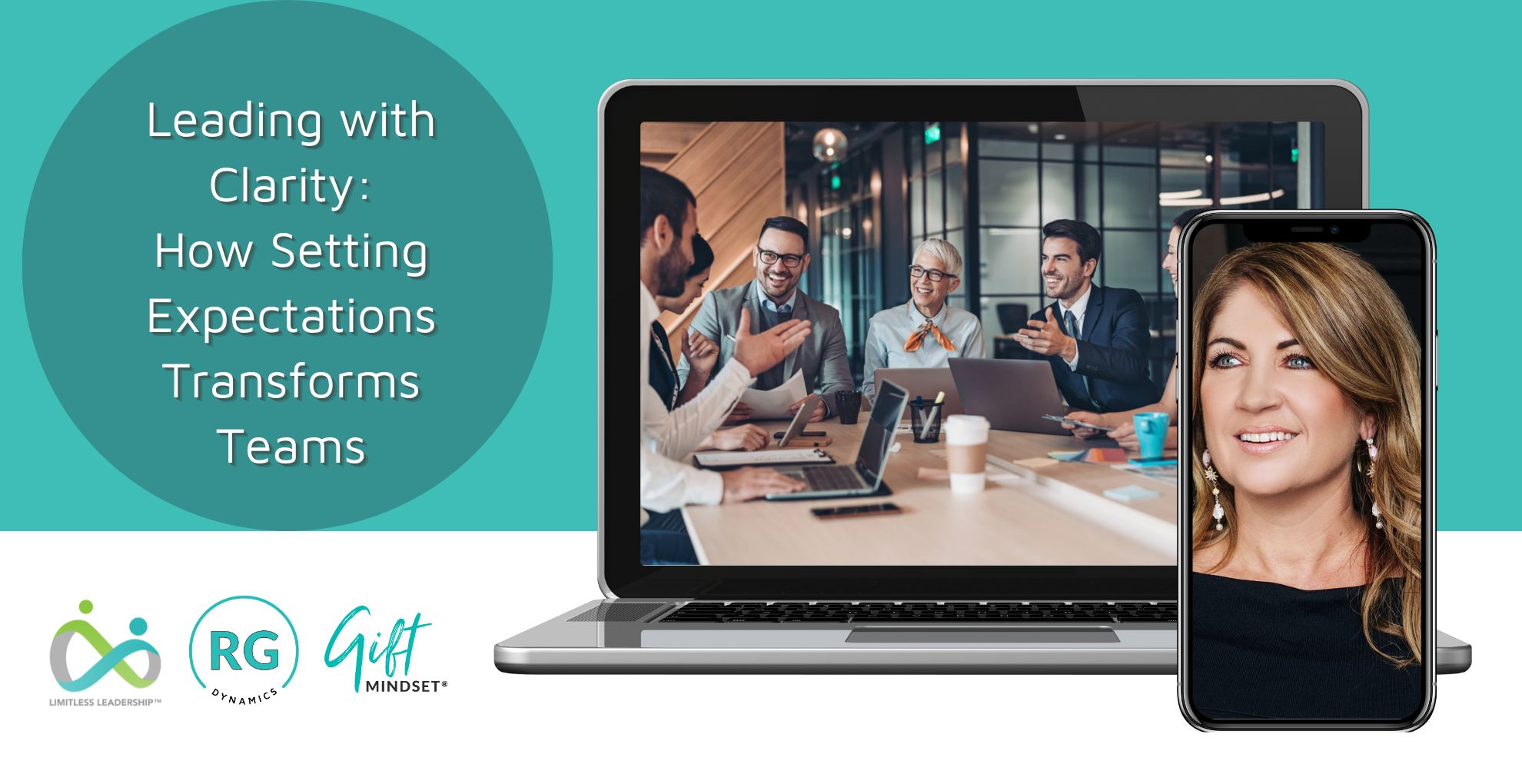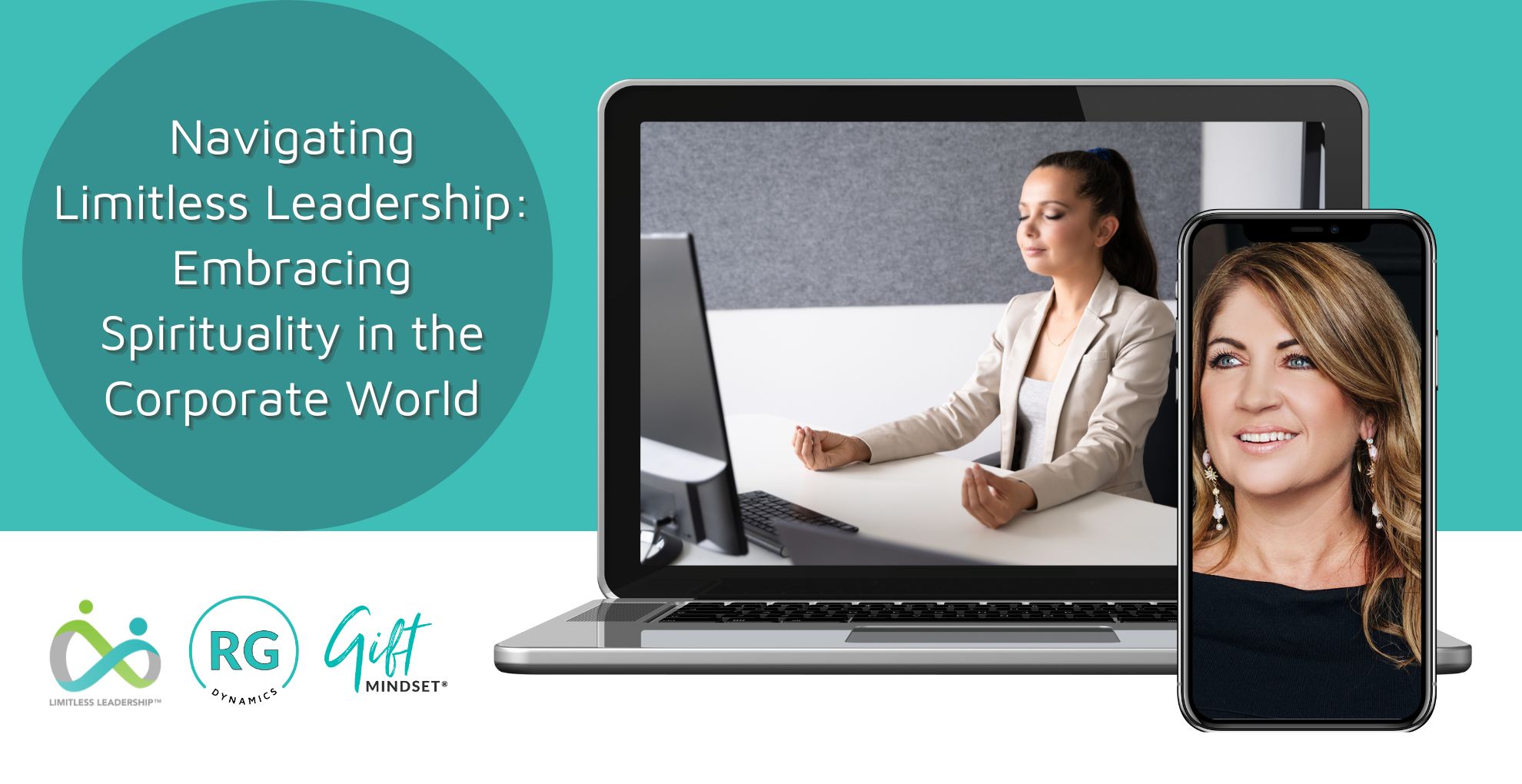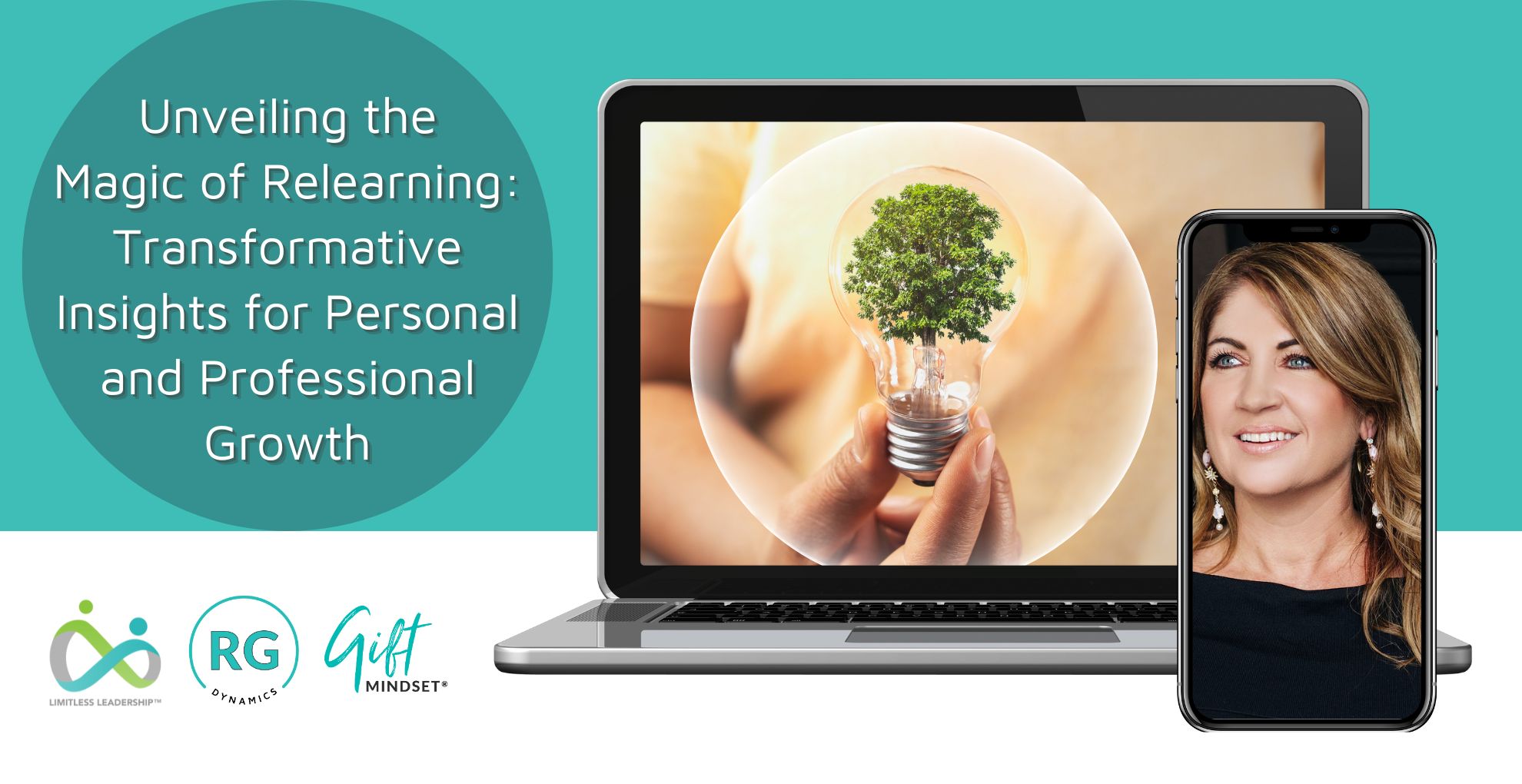Gratitude, praise, and recognition are interlinked and can come in many forms. From positive feedback, a pat on the back, a thank you note, a verbal thank you or a token of appreciation such as a lunch or coffee.
Over the last 2 years, with the pandemic in play, literally patting a co-worker on the back to say thank you was impossible, something we took for granted in the past.
With many people working in insolation and now re-entering the office in staggered droves, we have the opportunity to bring in the practice of gratitude in real time.
When people feel appreciated, there are many benefits, and research shows that people with strong relationships at work are 61% less likely to want to switch jobs.
Gratitude is free and, I believe, should be given genuinely without an agenda.
Research suggests that gratitude is not simply a cultural construct but is rooted in our evolutionary history, DNA, and child development. We can be grateful for many things in our lives, such as specific people and situations, although most benefits come from others – hence gratitude is known as ‘other-oriented’. It can mean different things to different people, depending on the context. Is gratitude an emotion? A behaviour or virtue?
The experience of gratitude in the workplace encourages us to appreciate who and what is good, which compels us to pay this goodness forward.
Three main conduits to gratitude include:
- through our actions, such as sending a gift or saying thank you
- through our feelings, where we feel grateful for something or someone
- by adopting a grateful mindset, where we can see a positive experience within a challenge
Gratitude is like the social glue that can fortify our relationships in the workplace. It serves as a backbone to the culture we want to create, one of connection and collaboration. Where I see organisations practise gratitude regularly by creating activities and forums to share, I observe people who are more generous, kind and want to build strong relationships.
We need to ‘feel into’ gratitude – something often missed in today’s busy world. The pace at which we live and workplaces fostering a ‘performance culture’ can stifle the Gift of Gratitude.
Many clients face what I call a “back to office resistance.” People who were bursting at the seams to come out of isolation and be back with their team are now missing the flexibility of working from home, dodging the commute time and some openly saying they miss a better quality of life.
Now is the time to look at what people are missing and ensure this is part of the every day in your team and organisation. This could include things like; physical team catch-ups, walking meetings, corridor talks, cross-divisional interaction and the practice of regular authentic feedback and gratitude.
Finding out how your people like to express and receive gratitude works is key. If you are a leader who wants to encourage your employees to go beyond the contractual obligation of their roles, expressing gratitude should be part of your leadership. Gratefully acknowledging the thoughts and efforts of your people shows them that they matter, which can also build a vital culture around gratitude.
In any role, we should practise gratitude – this is the best way to ingrain it in your organisational culture. Gratitude can lower stress and reduce absenteeism. Research led by Lea Waters at the University of Melbourne found a positive relationship between expressing gratitude and increased productivity and job satisfaction.
Benefits of gratitude
There are many benefits of gratitude. Robert Emmons, the world’s leading scientific expert on gratitude, studied more than 1000 people from ages eight to 80 and found that people who practise gratitude consistently report a host of benefits:
Physical:
- Stronger immune systems and lower blood pressure
- Exercise more and take better care of their health
- Sleep longer and feel more refreshed upon waking
Psychological:
- Higher levels of positive emotions
- More alert, awake and joyful
- More optimism and happiness
Social:
- More helpful, generous, and compassionate
- More forgiving and outgoing
- Feel less lonely and isolated
The social benefits are especially significant here because gratitude is a social emotion, after all. I see it as a relationship-strengthening emotion because it requires us to see how we’ve been supported and affirmed by other people and lets us repay the favour.
Being grateful is triggered by a situation, event, or person and both are linked. I believe gratitude is usually directed outwardly, while thankfulness is generated within us.
It only takes a moment to be grateful.
Ideas to unwrap the Gift of Gratitude:
- Compliment work colleagues on the fly; don’t always wait until the time is right.
- Let a colleague know what they mean to you.
- Be thankful for the growth opportunity challenges bring.
- Be grateful for learning something new and share this with others.
- Invest in moments to be thankful for – this will ensure you create a consistent loop of building, expressing, and living the Gift of Gratitude.
- Individually or as a team, kick-off team catch-ups with the question, “who and what are you grateful for?”
- For every negative that comes up in conversations or your thoughts, come up with three positives; this is called the 3:1 ratio.
- Introduce “Win Wednesdays”, where each team member shares a win, big or small and who and what helped them achieve this.
- Acknowledge the silver lining or the Gift in all situations and what it has taught you.
Now is the time to act with the Great Resignation in play, or what I call the Great Rejuvenation. Now is the time to amplify practices in the workplace that may have been taken for granted, the simple act of gratitude and appreciation. The conduit to strong and connected relationships and a collaborative culture people want to be a part of.
For more on the Gift of Gratitude, download a copy of the Gift of Gratitude infographic—one of 12 Gifts of the Gift Mindset®.




